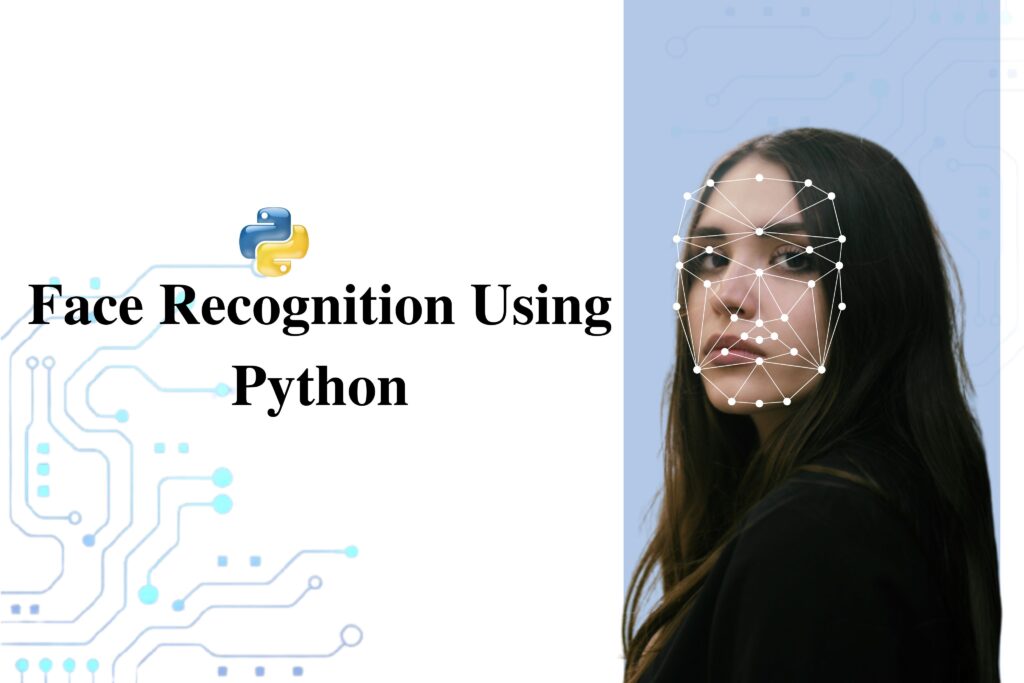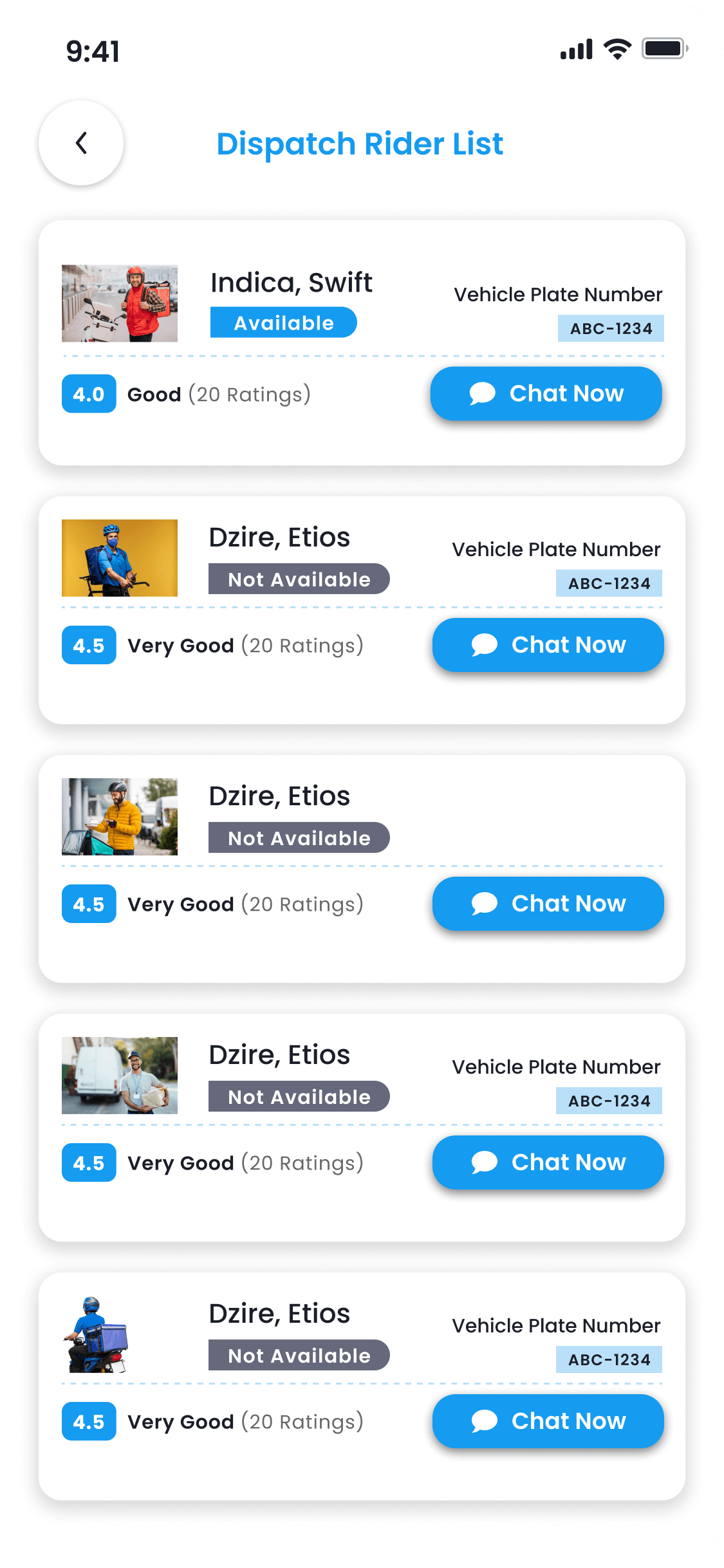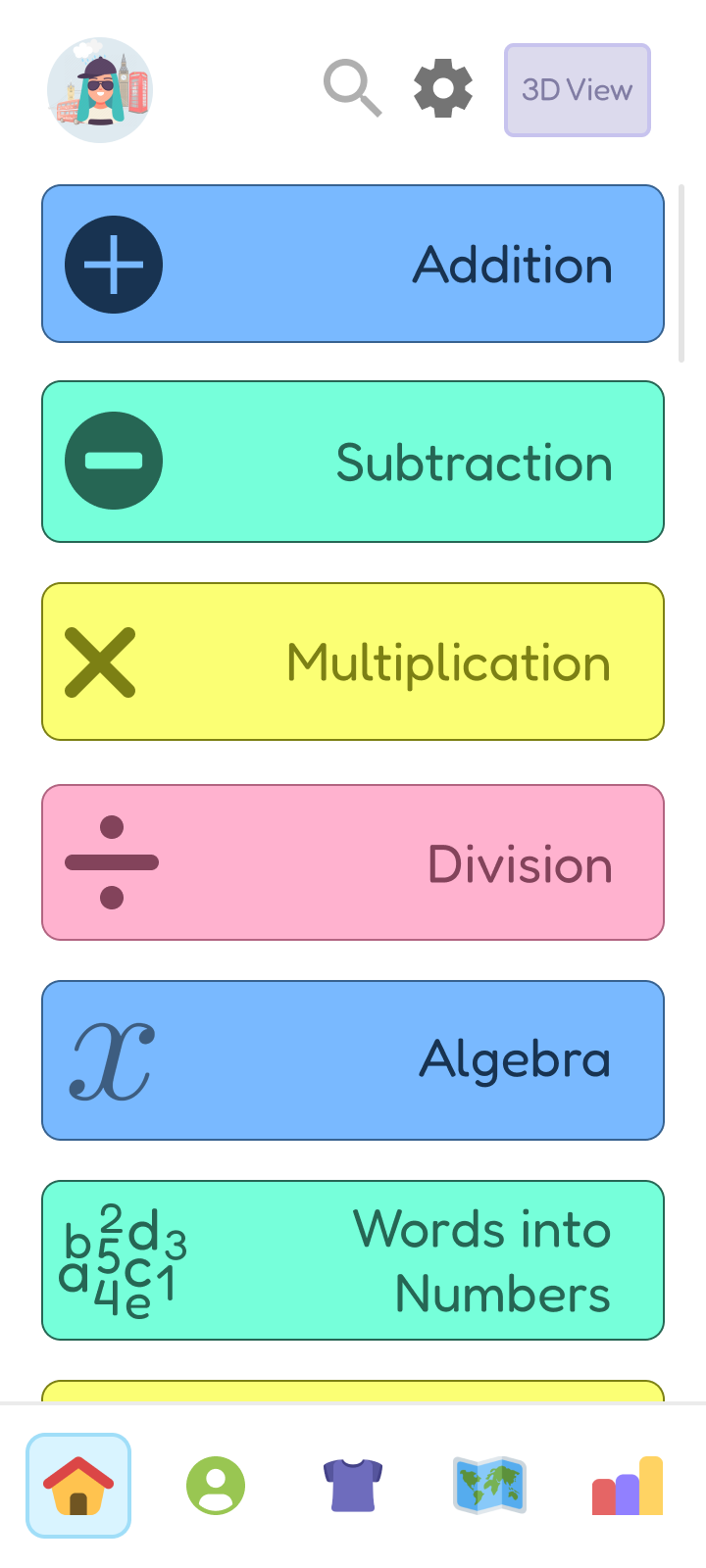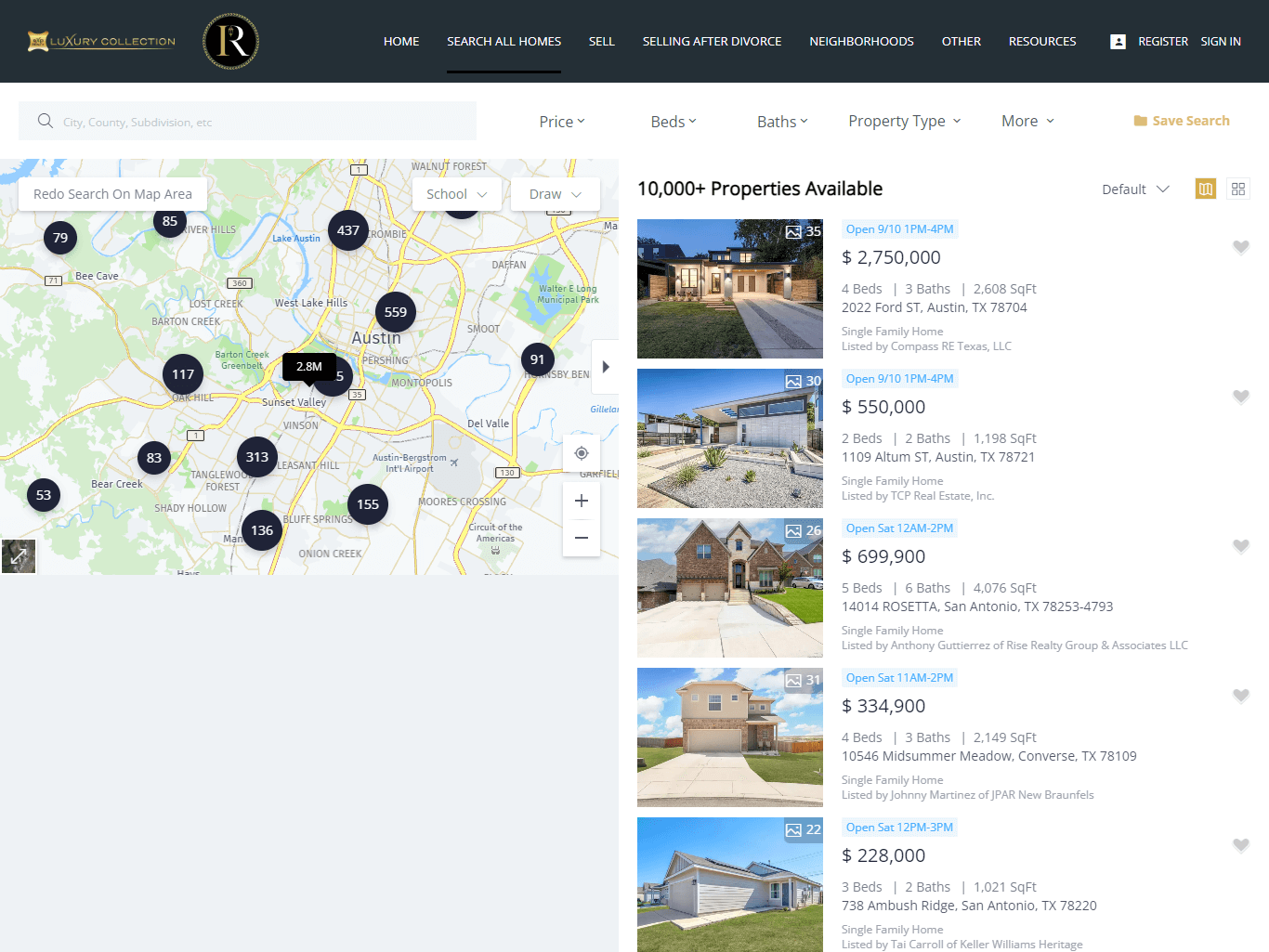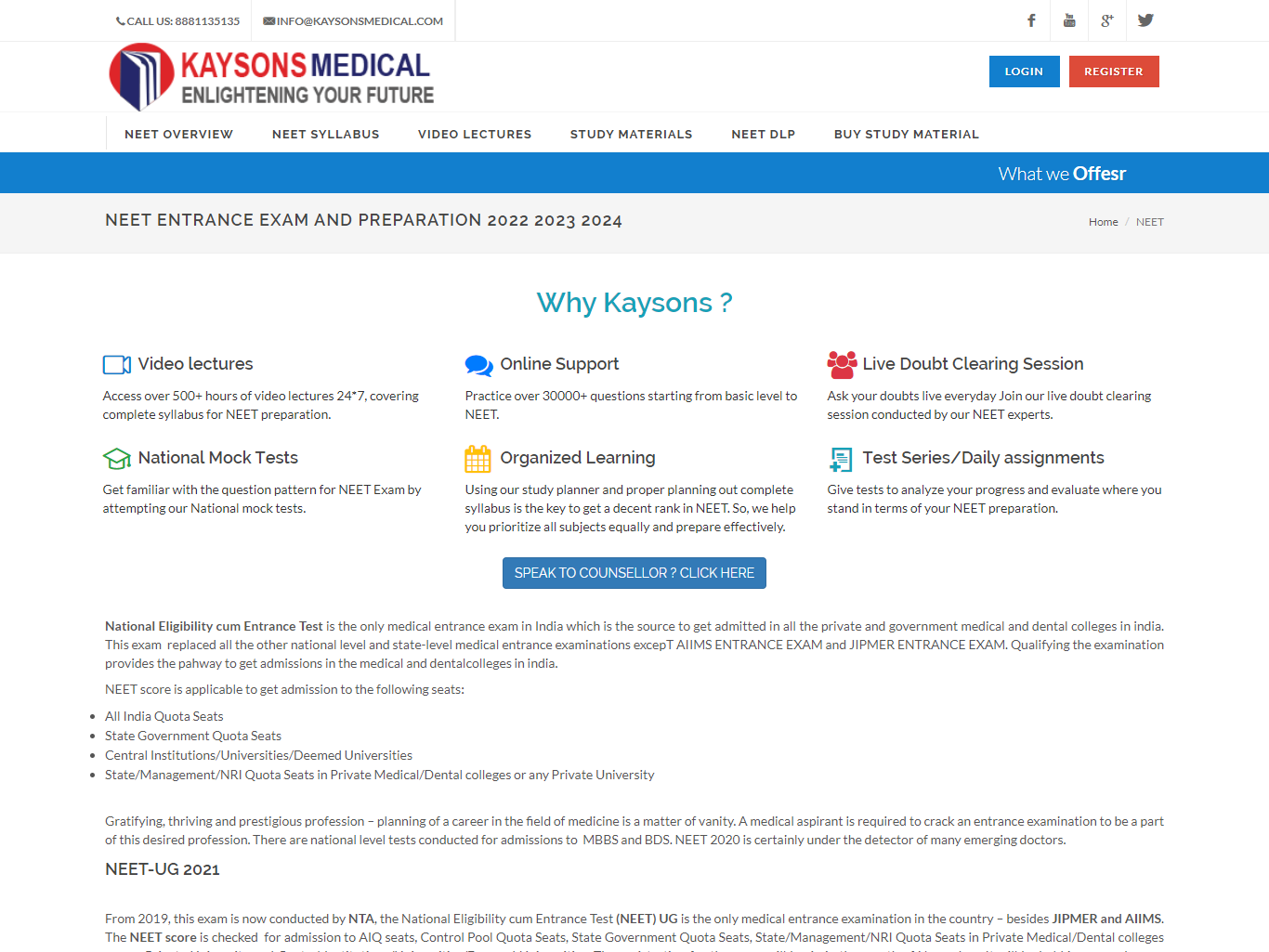Table of Contents
ToggleINTRODUCTION
Biometrics research is often focused on face detection and image or video recognition. Real-time face recognition is a fascinating field with a continually escalating challenge. Framework for python application authentication using face recognition. The PCA (Principal Component Analysis) facial recognition algorithm is suggested here. Factor analysis as a whole includes the statistical technique known as critical component analysis (PCA). The PCA’s goal is to lower the size of the feature space needed to describe the data efficiently from its current high quantity of storage. For facial recognition by the PCA, a wide 1-D pixel vector constructed from a 2-D face image in compact primary space function elements is intended. This is referred to as a self-space projection. The identification of the covariance matrix’s own vectors, which are centered on a set of fingerprint images, identifies the correct space.
FACE RECOGNITION ALGORITHMS
The currently available algorithms are:
A. Haarcascade_frontalface_default.xml
B. Eigenfaces see createEigenFaceRecognizer()
C. Fisher(Placeholder3)faces see createFisherFaceRecognizer()
D. Local Binary Patterns Histograms see createLBPHFaceRecognizer()
A. Face Detection using Haar Cascade
A series of “square-shaped” functions that collectively make up a family of wavelets or a base is referred to as a hair cascade. Additionally, it focuses on “Haar Wavelets,” which divide up the picture’s pixels into squares and were proposed in the 2001 paper “fast object detection using an augmented cascade of simple characteristics” by Paul Viola and Michael Jones. It is a learning approach based on computers, where many positive and negative representations are used to construct a cascade function. Then, using “integral image” principles, this is used to recognize objects by computing “features” specified by the hair cascades.
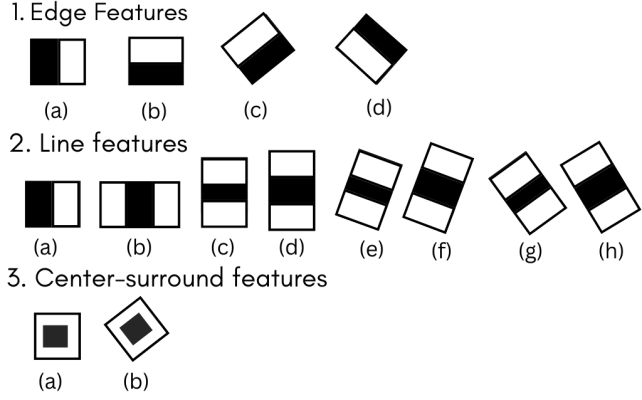
(fig-1) Extraction features in Haar-like features.
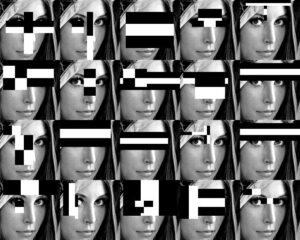
(fig-2) Haar cascade classifier view
In order to locate the cascade, several sized faces are repeated while multiplying the measurement by 1.25. Running a picture via the cascade consumes a lot of time and processing resources.
FACE RECOGNITION USING EIGEN FACES
The projection to a subspace method known as Principal Component Analysis is popular in pattern recognition. The replacement of correlated vectors with large dimensions with uncorrelated vectors with smaller dimensions is one goal of PCA. Making a basis for the data set is another goal. The PCA’s main benefits include its low noise sensitivity, reduced memory, and capacity requirements, and a boost in efficiency due to operating in a smaller area.
Suppose G is a 1 vector, corresponding to an NN face image (I)
The purpose is to constitute the mean face into a low-dimensional space: mean = (K<<N2). (AlexPentLand, 1991).The features are images that can be added to the average face to create new face pictures. We can write this mathematically as,
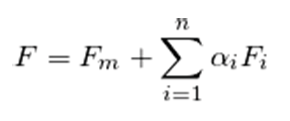
F= a new frontal face.
= the average frontal face,
= an EigenFace,
= are scalar multipliers we can choose to create new faces.
They can be negative or positive.
Face Recognition Using Fisherfase: The Linear Discriminant Analysis (LDA), which can be derived from a RA notion, is the most widely used DA (LDA). 1936 saw Fisher. Fisher’s Linear Discriminant Analyses, which use the Eigenface approach to define the space, are used when LDAs are used to find a subspace picture of a series of face images.
Face Recognition Using LBP : Local Binary Pattern (LBP) Is an easy, but very strong user of texture who marks the image’s pixels with each pixel’s proximity, and views the outcome as binary numbers. It was first defined in 1994 (LBP) and is a powerful component for the classification of texture since then. In addition, LBP has been calculated to increase significantly the detection efficiency on certain datasets when coupled with histograms of oriented gradients (HOG) descriptors. Face photos with a simple data vector can be characterized using LBP and a histogram.
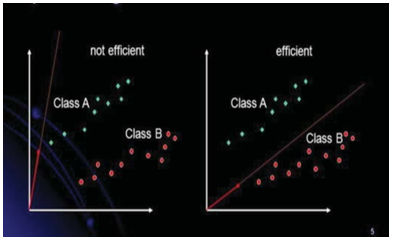
PCA seeks directions that are efficient for representing the data.
Local Binary Patterns, or LBPs for short, the work popular by Ojala et al as texture descriptor in their 2002 paper, Multiresolution Grayscale, and Rotation Invariant Texture Classification with Local Binary Patterns (the definition of LBPs was implemented at the beginning of 1993). It computes a global representation of texture based on the Gray Level Co-occurrence Matrix, unlike Haralick. LBPs compute a regional texture representation. The binary image is built by comparing every pixel with the pixel surrounding area.
Detection Algorithm: PCA is used for calculations, duplication reduction, function extraction, compression efficiency, etc. The method is appropriate for linear models because PCA is also a well-known linear domain technique. Applications for face recognition are numerous. It can be categorized as sex identity, face expression verification, registration, or gender declaration. Cluster monitoring, video content indexing, personal identification, headshot matching, and entry security are the most beneficial applications. The most significant software. The PCA definition shows the enormous 1-D vector of pixels created from the two-dimensional facial image in the primary feature space components. The term “self-space projection” describes this. By establishing a number of facial images with their own vectors from the covariance matrix, superficial space.
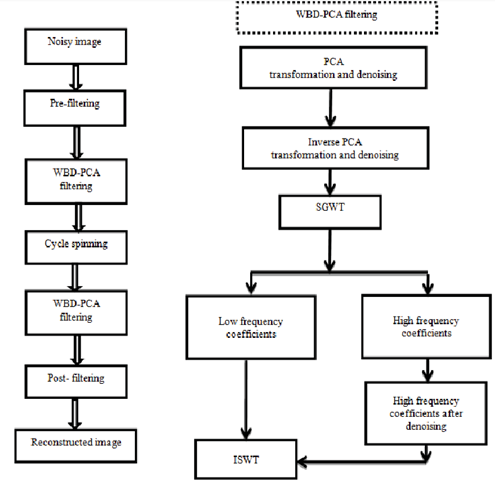
Block diagram of PCA(Principal Component Analysis)
OpenCV Structure And Content: OpenCV is organized loosely into five primary elements, four outlined in Figure. The CV component consists of basic image processing and more basic computer vision techniques.
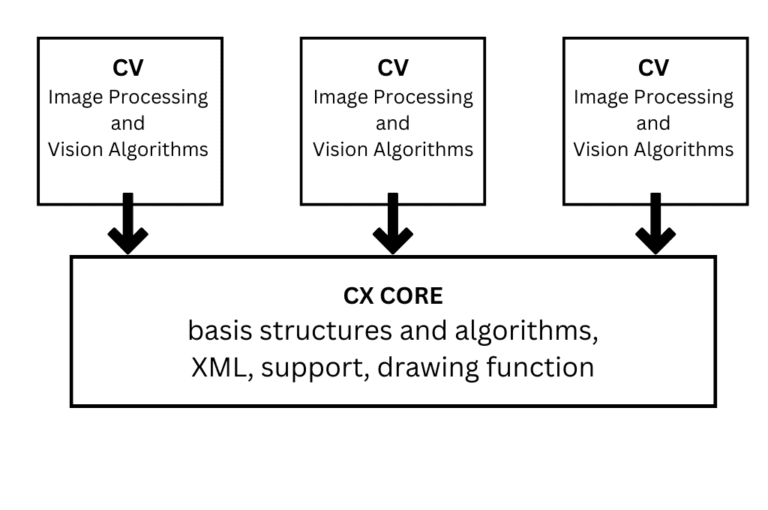
OpenCV Structure and content
CONCLUSION
Facial recognition technology has advanced significantly during the past 20 years. In the modern era, identity information can be checked automatically for secure transactions, tracking, security needs, and building access management. These systems often operate in controlled conditions, and recognition algorithms may use environmental restrictions to produce very accurate recognition. However, the next generation of facial recognition technology will be widely employed in intelligent environments where computers and machines serve more as helpful assistants.
Authors

